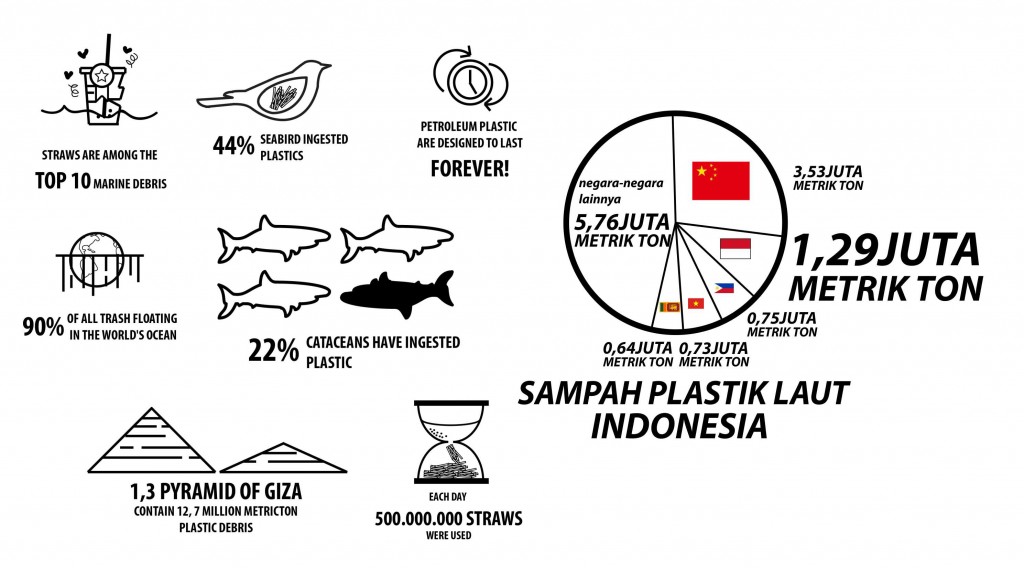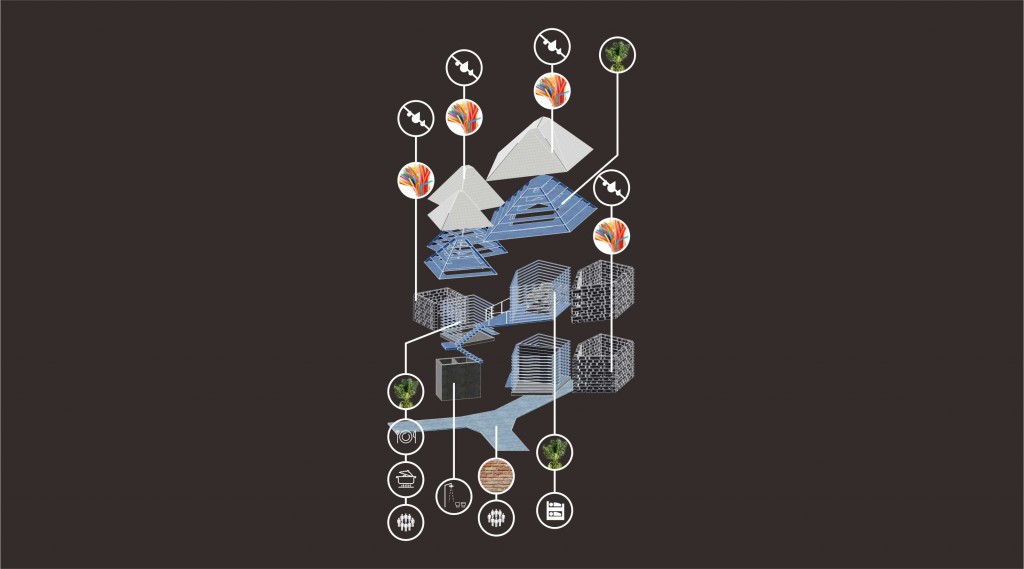Polyproperti | Housing Plastic
Architect
- Videshiiya
Location
Morotai
Area
- 36 Sqm - 54 Sqm
Status
Proposal
Year
2016
Designers
- Stephanus Theodorus
Indonesian Tourism holds a really huge role when it comes to Indonesia revenues. It boosts Indonesia economy but at the same time destroys its ecosystem.
One of the negative impact of Indonesian tourism is the accumulation of tourists junk and waste which starts to build up.
One specific materials which known and close to our everyday life and must occur in every tourism waste and garbage are plastics.
Plastic looks harmless, they’re cheap, easy to bring, easy to develop, water resistance, and massive in numbers and production. The truth is more terrible than what it looks. Americans consume at least 500.000.000 plastic straws daily. Indonesia “donates” 1,29 million metric ton plastic waste to the sea annually, beating other South East Asian countries and beaten only by China (which produces 3,53 million metric ton plastic waste) which means 10% of the world’s plastic waste in the sea are from Indonesia. This plastic “donations” then resulting 44% of seabirds and 22% of cataceans ingesting plastic waste, no wonder, the worlds plastic waste could fill up 1,3x pyramid of giza.
Indonesia which also known for its maritime success and history is now ironically challenged with such issue. Especially those tourist attraction related (or market) as tropical beauty which resides mostly on the beachside.
Morotai as an exotic island has a beautiful beach but as tourism asset, it is also susceptible to contribute to sea plastic waste.
Every plastic straw we use for soft drink, ice tea, coconut or plastic bag we use to wrap gifts or snacks means every possibility to sea plastic waste, becoming one of marine debris item. But not limited to negativity, it also highlights its potential to become a critic, the making of universal material for every archi-tourism in Indonesia.
Plastic is water resistance and insanely durable, most plastic straws are non reusable which means there are a lot of them! holes in the straw enables the material to circulates the air between inside and outside.
Polyproperti adopts local traditional house and combines it with homogeneous plastic to promote new kind of archi-tourism.
Leraning from Traditional house of Sasadu and Hibualamo, the development of corners by making Y pathway means to create more and more social interaction. This pathway also design to position the building mass face to face. With open living room, the massive interaction between occupants and visitors are most likely triggered, not limited to that, we also transform the concept of dego-dego, inverted it and placed it outside for people (especially for women) to rest or having conversations. Meanwhile the intersection between Y units to another will provide courtyards and public space.
To ensure no cultural detachment from traditional house, Polyproperti also use the same color scheme as Hibualamo traditional house: black, replicated with black plastic straw on the roof. Yellow replicated with yellowish wood structure from Sago palm trees. White, replicated with white plastic straw for the building’s wall.





